Peering into the Future
 Image: Shutterstock
Image: ShutterstockPredicting the future can be a reasonably hazardous enterprise, as one can go wildly off the center either way. One could be too conservative, prophesizing an apocalyptic end, or one could be too optimistic and paint the world in Utopian hues. The best instance of such difficulty can be gauged by watching the cult Hollywood classic “Back To The Future.” In the film, the protagonist from 1986 travel 30 years in to the future to 2015. While the makers of the sci-fi film got a few things right, like video-conferencing and the use of biometrics, but, we don't move around on hover-boards or commute in flying cars. At least, not yet.
Nevertheless, we persist with our attempts to look into the crystal ball and peer into the years ahead. While, it is almost impossible to predict precise events, yet, making patterns and building predictive models is not impossible. The fledgling technologies of today could scale up to be towering foundations of tomorrow. From a corporate perspective, these trends could play a stellar role in creating new markets or driving efficiencies. So, let's indulge in some erudite crystal-gazing and discern three patterns that could be important in the days to come.
Limits to Growth
Back in 1972, the Club of Rome (a sort of precursor to the vibrant gathering at Davos) had commissioned a study to analyze the exponential economic and population growth with a finite supply of resources. Dubbed as the Limits to Growth, the study became a benchmark on economic scenario-building. The prognosis of the report was rather dour, given business, as usual, i.e., no changes to historical growth trends, the limits to growth on earth would become evident by 2072, leading to "sudden and uncontrollable decline in both population and industrial capacity." While there was much criticism about the predictions, the fact is that we are witnessing a global deceleration — a contraction brought by many factors. The days of unbridled growth are a thing of the past.
Corporates will need to bear this new reality in mind. The Bottomline or the EBITDA will be a critical parameter of a company's success, rather than just revenue growth. Companies will need to focus on productivity, be brave, and cut the flab, shrink operations in unrelated spheres and build them up in others. The coming years will separate the professionals from the amateurs, those who are ready for the uncertain times, and those that aren't.
Ubiquitous Automation
One of the most significant shifts in the past few decades has been in the manner in which technology has become an underlying part of our lives. We engage in tech-enabled products and services from the moment we wake, to the very moment we doze off. This ubiquitous and pervasive automation is not only a part of our personal lives but also the corporate setup. We are now connected 24X7 to our work or workplace. One might argue that this is not a great thing, but it is an undeniable reality.
Companies, too, have embraced digitization and automation. From the start point of customer-acquisition to the shop-floor, from the POS to the service center, technology has enabled so many touchpoints with the consumers that barely existed a decade or so back. Today, consumers are "acquired" through Google ads, managed through social media handles, and guided to the online store. The customer is no longer merely a single living person but has numerous avatars that need be handled through these touchpoints. And this is just the sales and marketing function; automation is everywhere. Terms like Artificial Intelligence or Blockchains are no longer fancy terms from tech conferences but solutions that are deployed in varying degrees. This automation will not be devoid of its own set of challenges. According to a World Economic Forum report from 2018, by 2022, just 59% of tasks across 12 different industries will still be done by humans. By 2035, that total will fall to 50%, with the other half being fully automated. Artificial intelligence (AI) may even reach a level of intelligence on par with humans by 2029. Managing the workforce will become a challenge as it has never been before.
This automation can also be a business opportunity, rather than merely a challenge. Companies that are able to stay ahead of the curve by constant reinvention can be market leaders. And, the innovation is not merely confined to the sphere or a vertical the firm operates in, it can be varied and spread. A good instance of market leader that is innovating all the time is Google. Through its Moonshot Factory, Google is working on a plethora of projects that can have far-reaching implications, like autonomous driving, smart contact lenses or say the Loon, which is essentially a network of balloon that provides internet connectivity in rural areas.
Thus, automation is not merely for productivity and existence, but can also be leveraged for business growth
Climate Change Adoption
Till some years back, the most favored word used alongside climate change was mitigation. Now, thanks to all the tasks that were not done over the years, the appendage has changed to adoption. We are no more trying to reverse the fallout but instead trying to minimize the impact. In a world where climatic catastrophes will be a part of our lives, be it bushfires in California or Australia, floods in Chennai or Spain, heatwaves across Asia, or Europe. People are waking up to the crisis and asking questions. Not surprisingly, corporates are also getting the message. According to the recently released WARC Marketer's Toolkit 2020, revealed that 84% of respondents said conscious consumerism and sustainability would have significant or some impact on marketing strategy in 2020. And in August 2019, almost 200 membersof the Business Roundtable, including PepsiCo, Walmart, and JP Morgan Chase, issued a revised 'Statement on the Purpose of a Corporation,' which made the radical claim that it was no longer enough to be answerable to shareholders. Corporations must also answer to the broader world, including employees, communities – and the environment.
The report is very revealing, according to it, brands will be judged not by what they say on sustainability, but by what they do. It isn't about fleeting feel-good advertising during crucial moments such as Earth Day. Consumers expect corporations to reset their corporate strategy to show they are limiting damage to the environment and that they are taking steps to help solve the global environmental challenge.
Corporates are now very much a part of the issue, either as committing to science-based targets initiative (SBTi) aligned with Paris Agreement or using Sustainable Development Goals (SDGs) as a benchmark for corporate responsibility.
In the end, the corporate structure has changed. No more are companies beholden to shareholders profits, but also looking at the world in large, from the consumers to the employees, and the communities around. Profit is still important, but an ethical stance is equally critical.



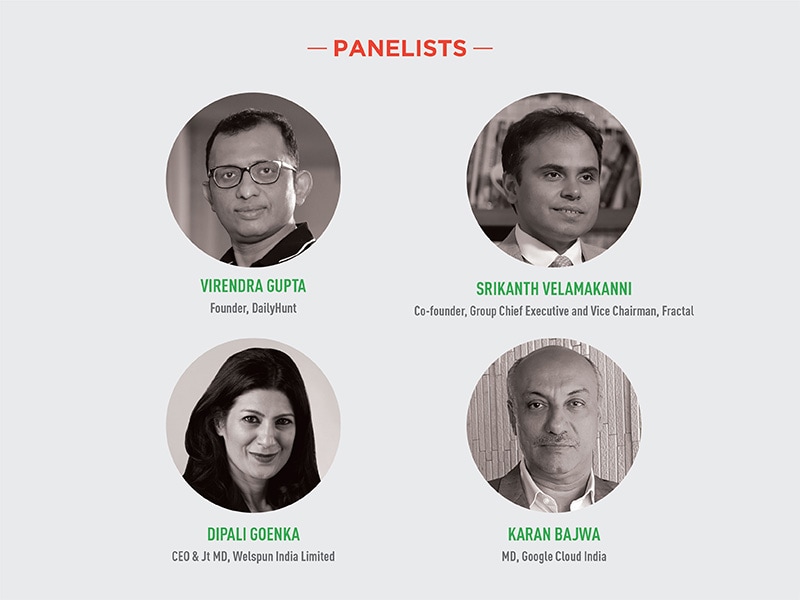
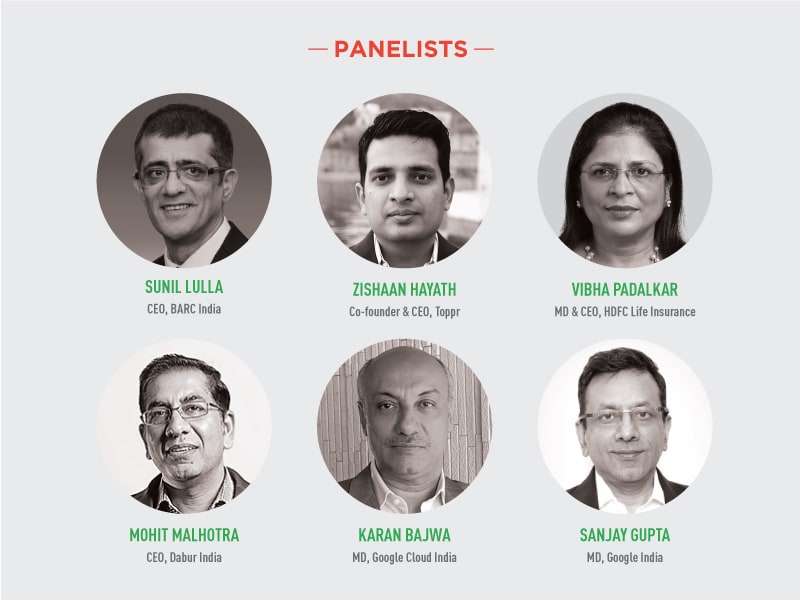
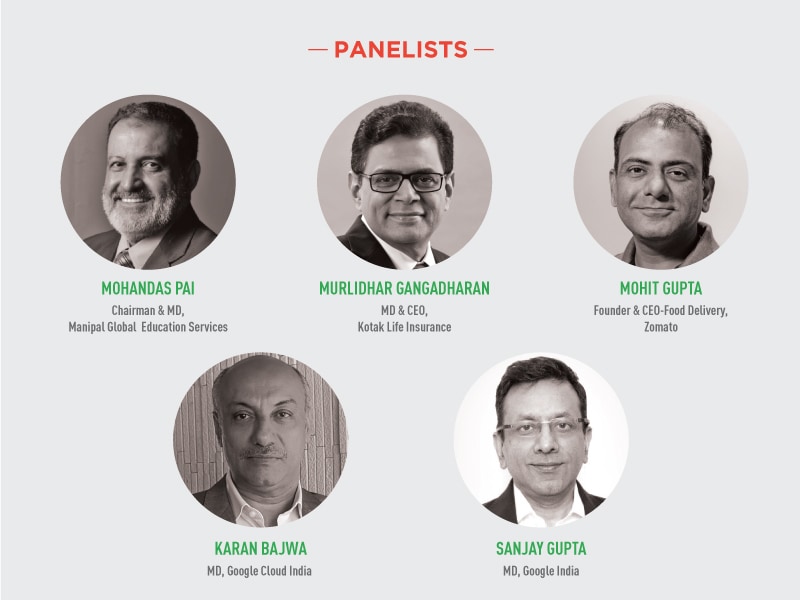
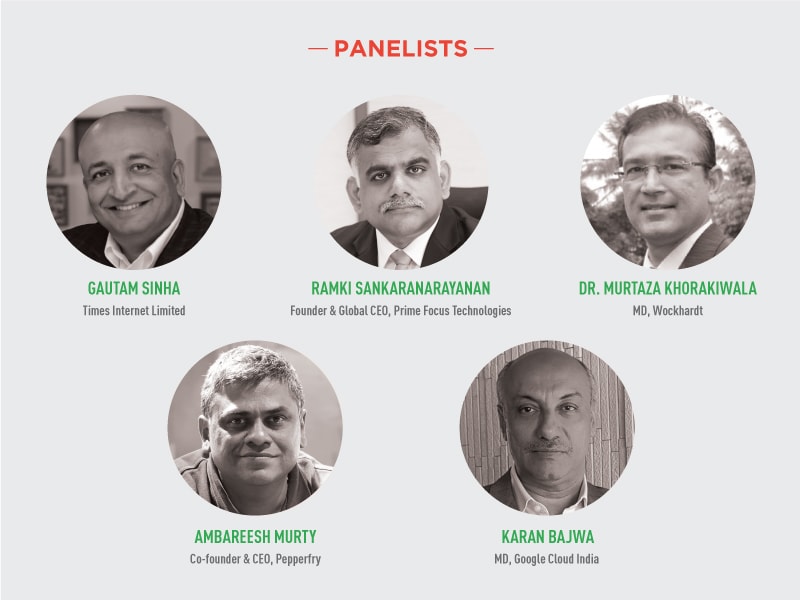
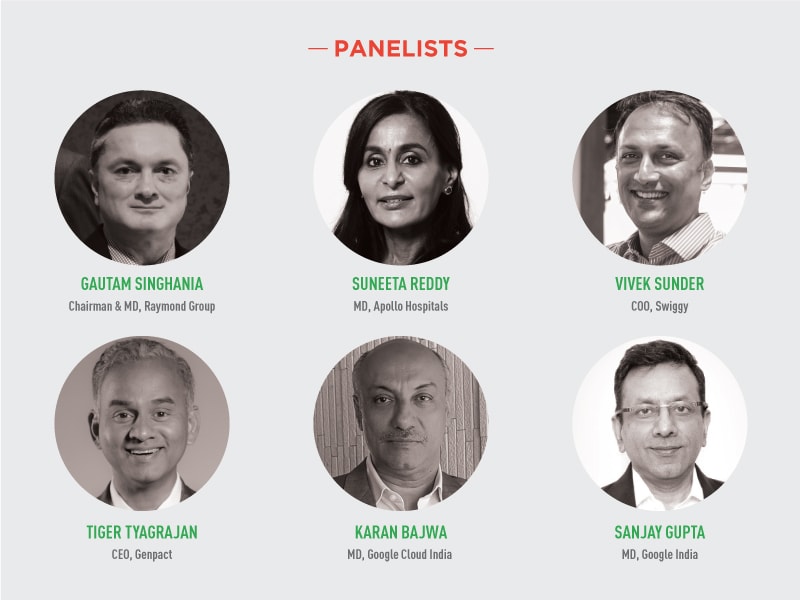
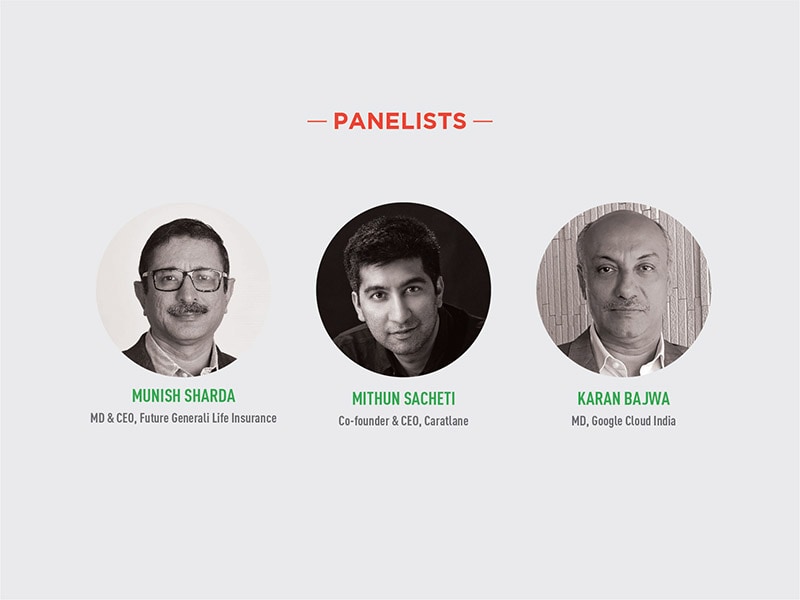
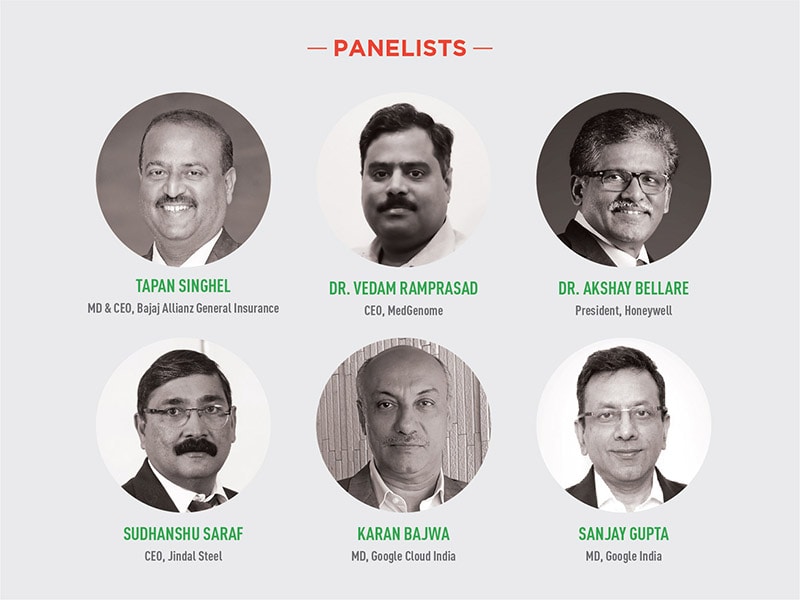
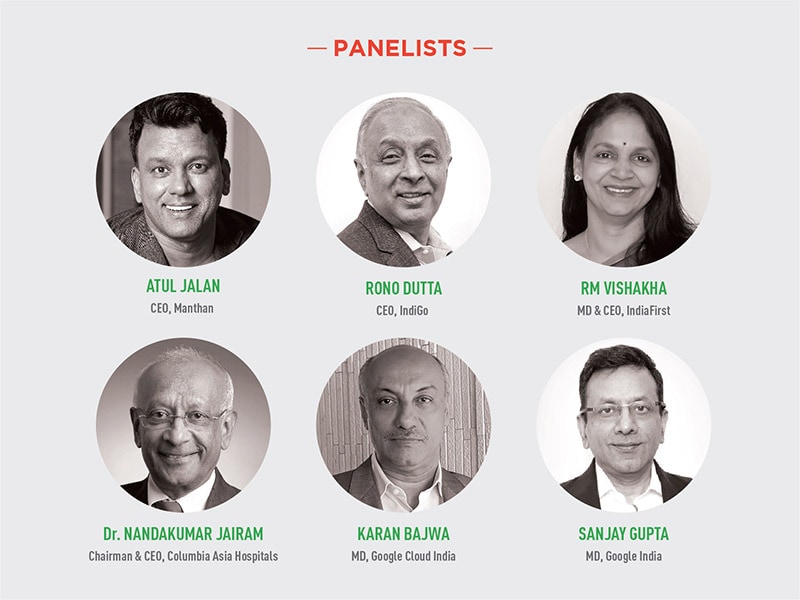
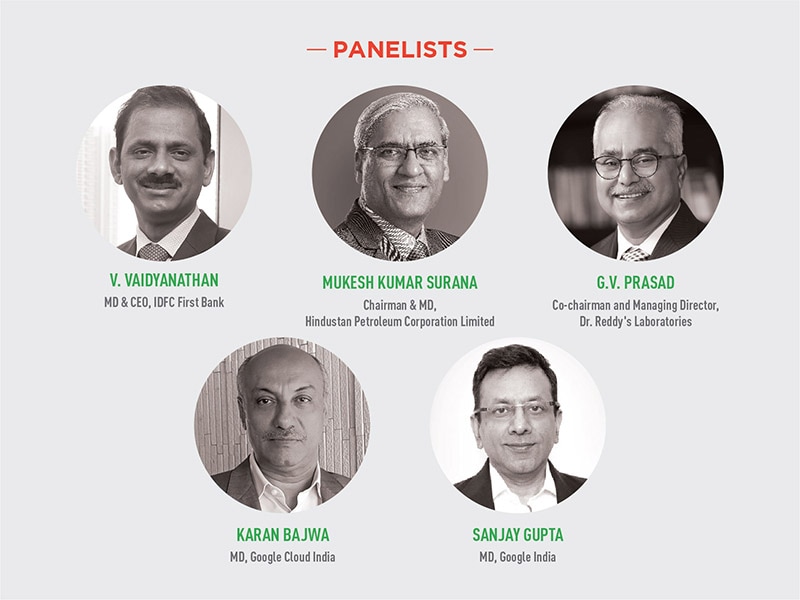
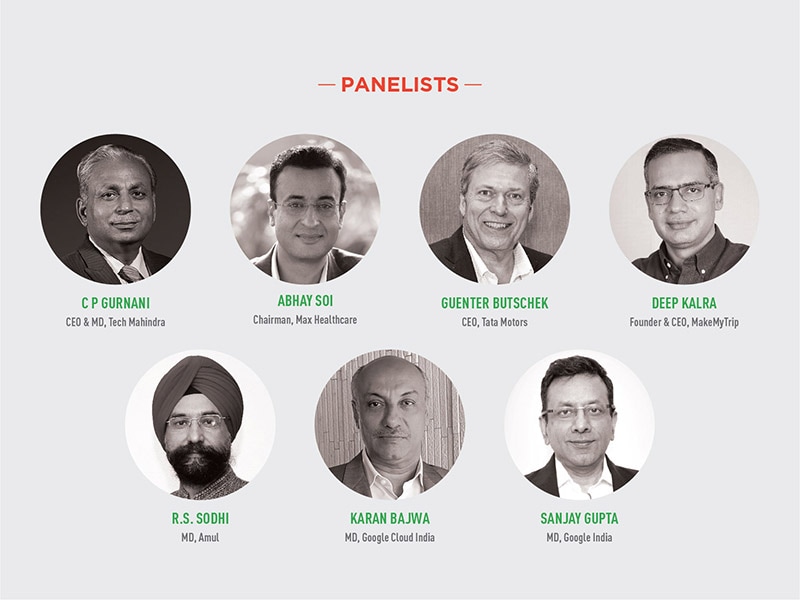
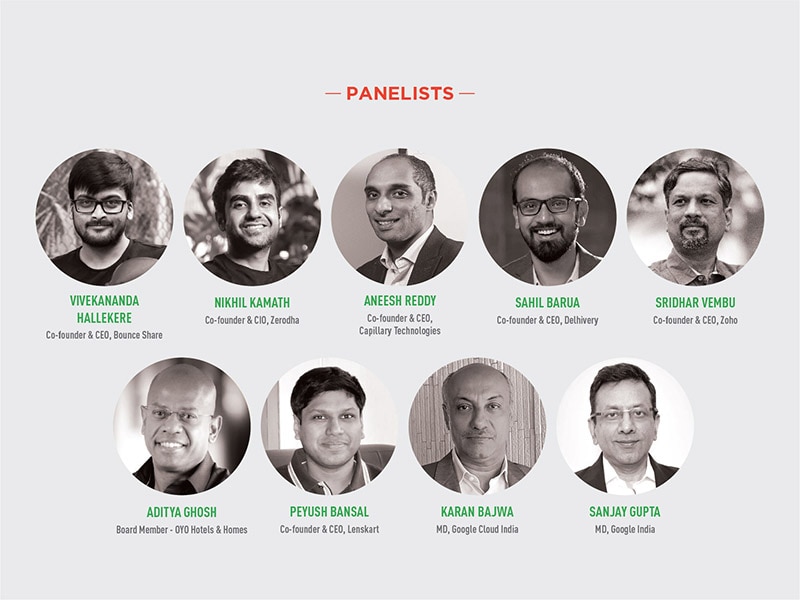
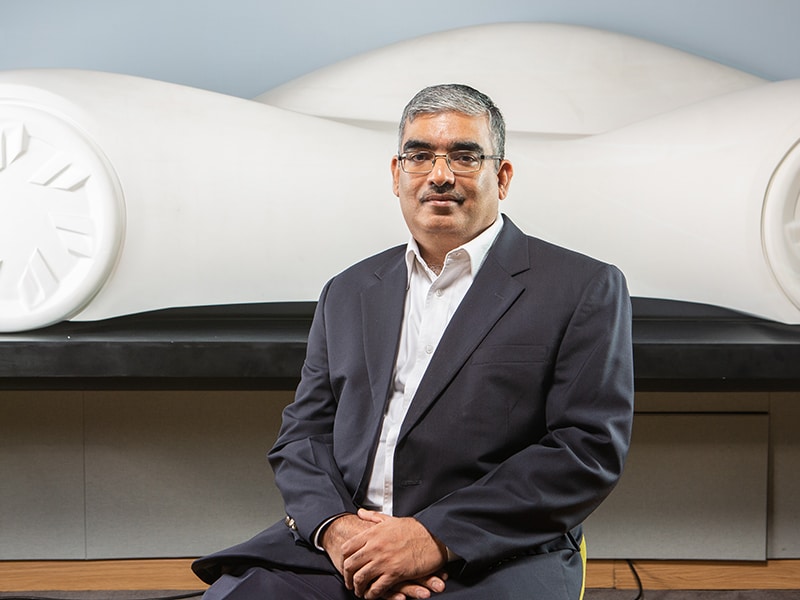
.jpg)

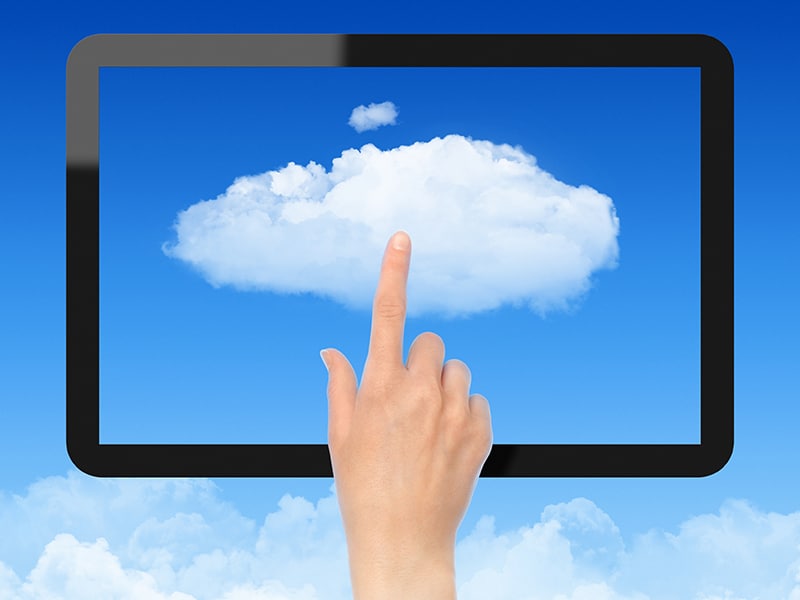

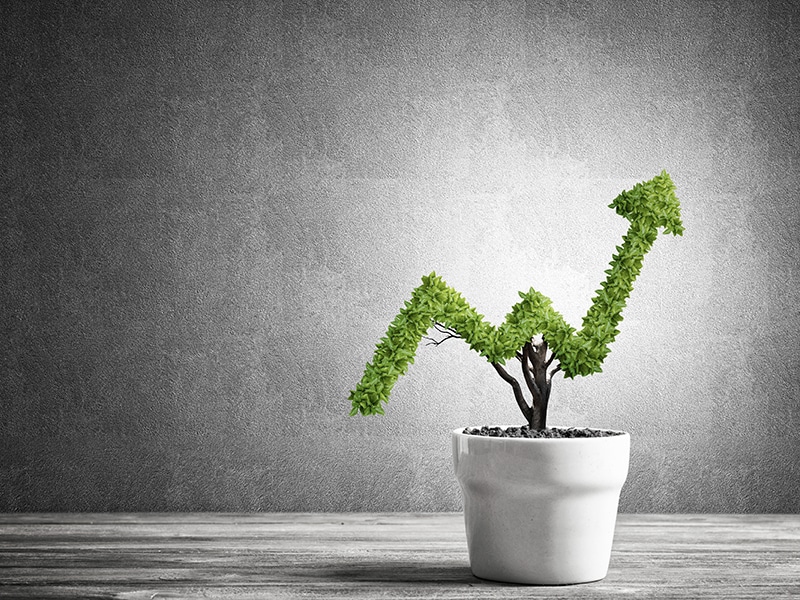


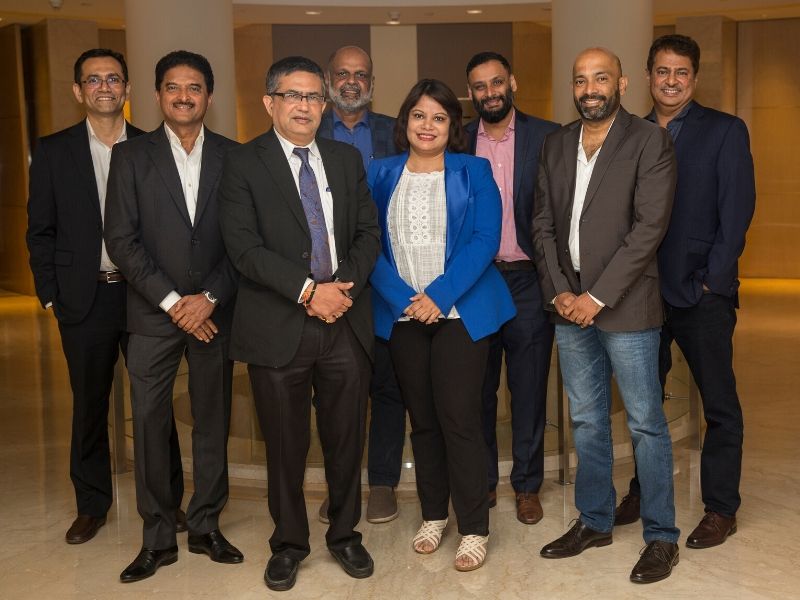



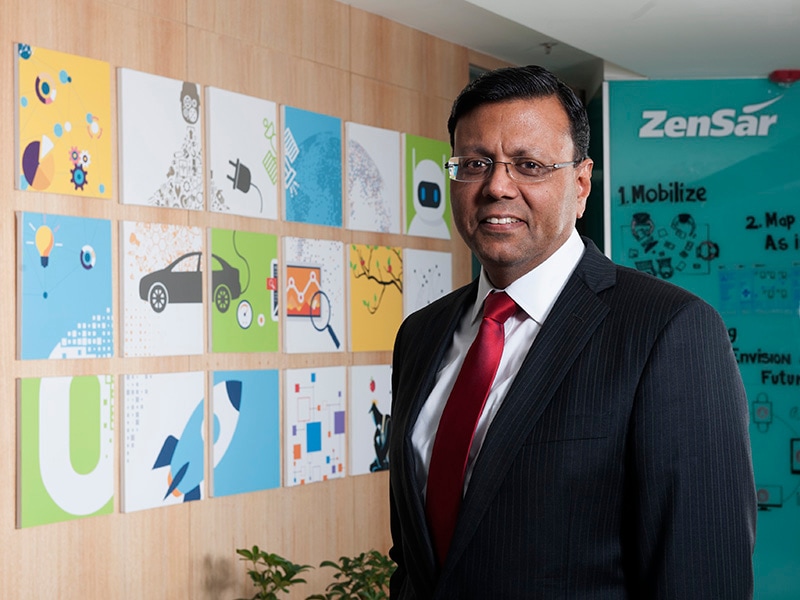
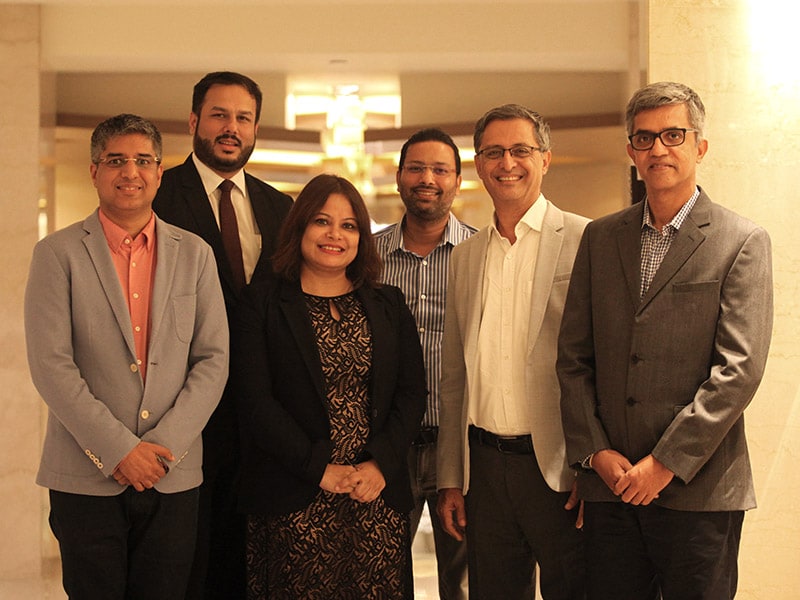
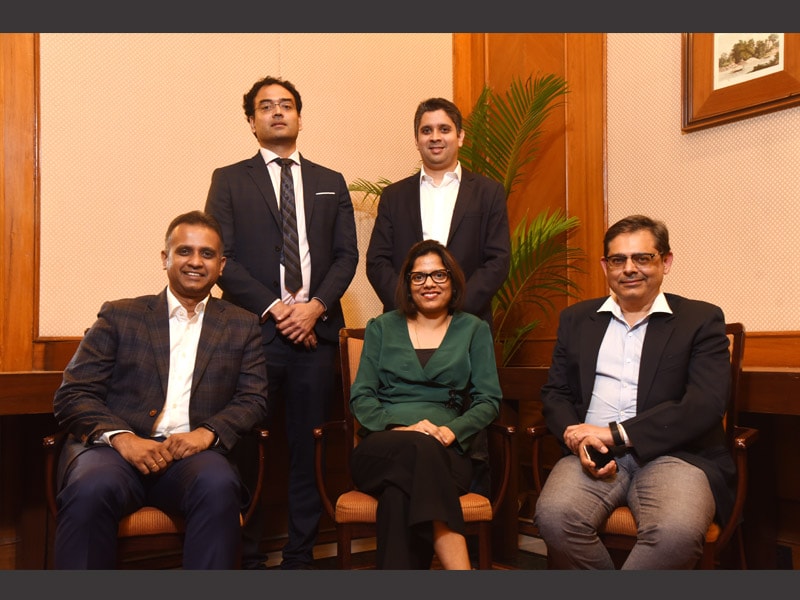


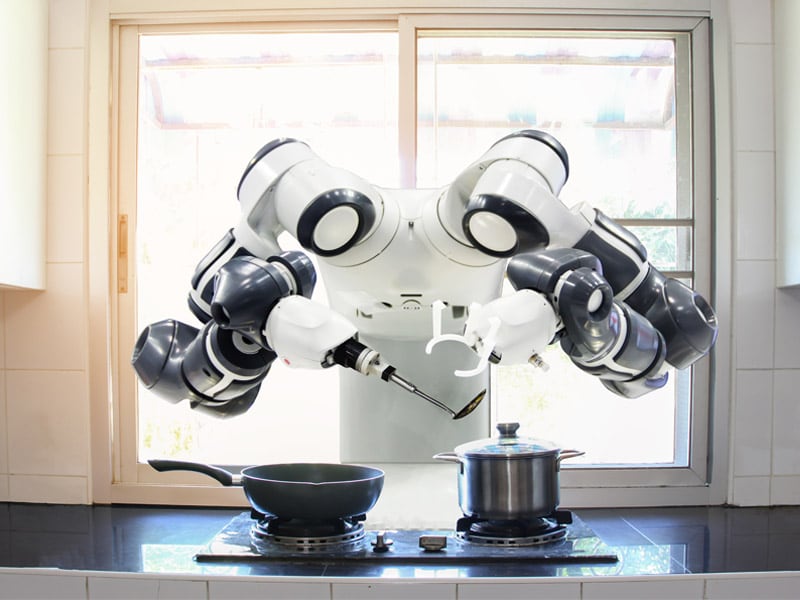

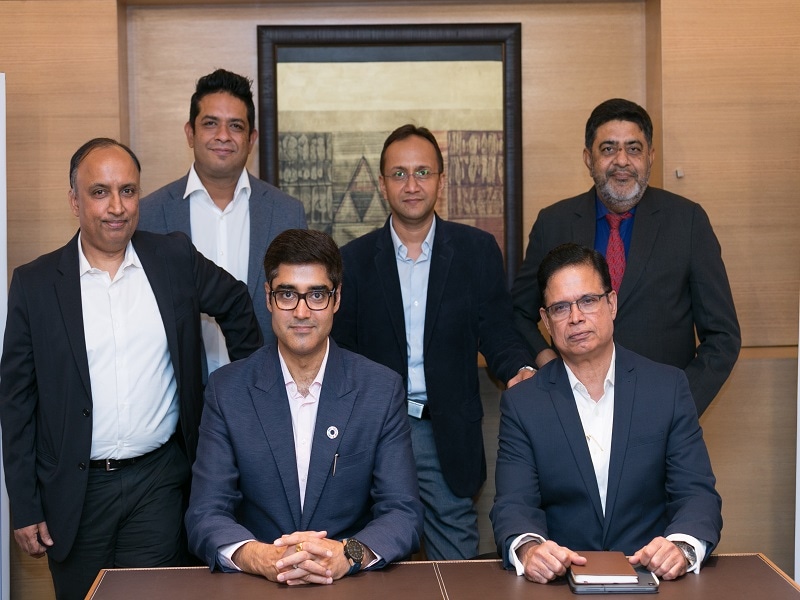





.jpg)






